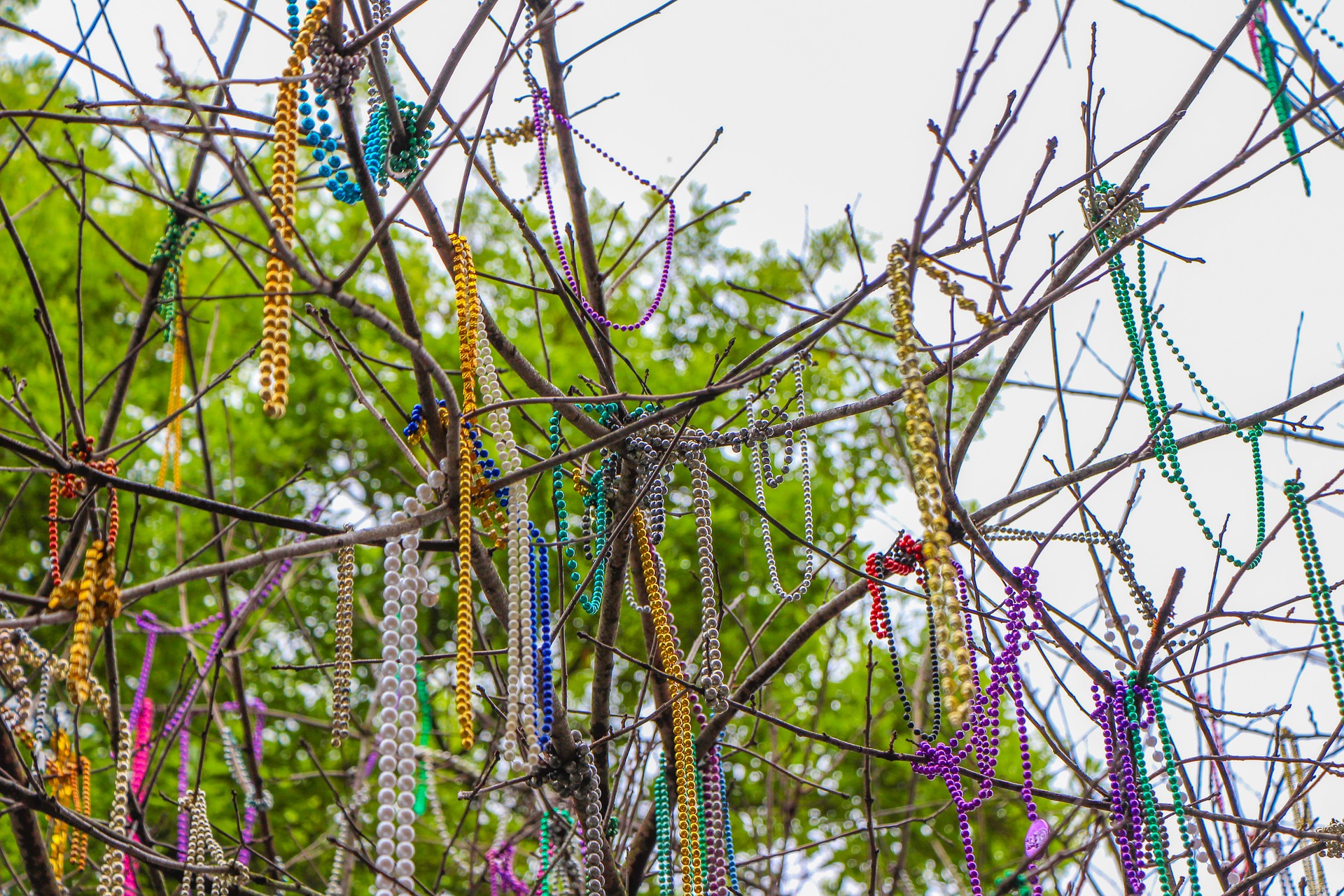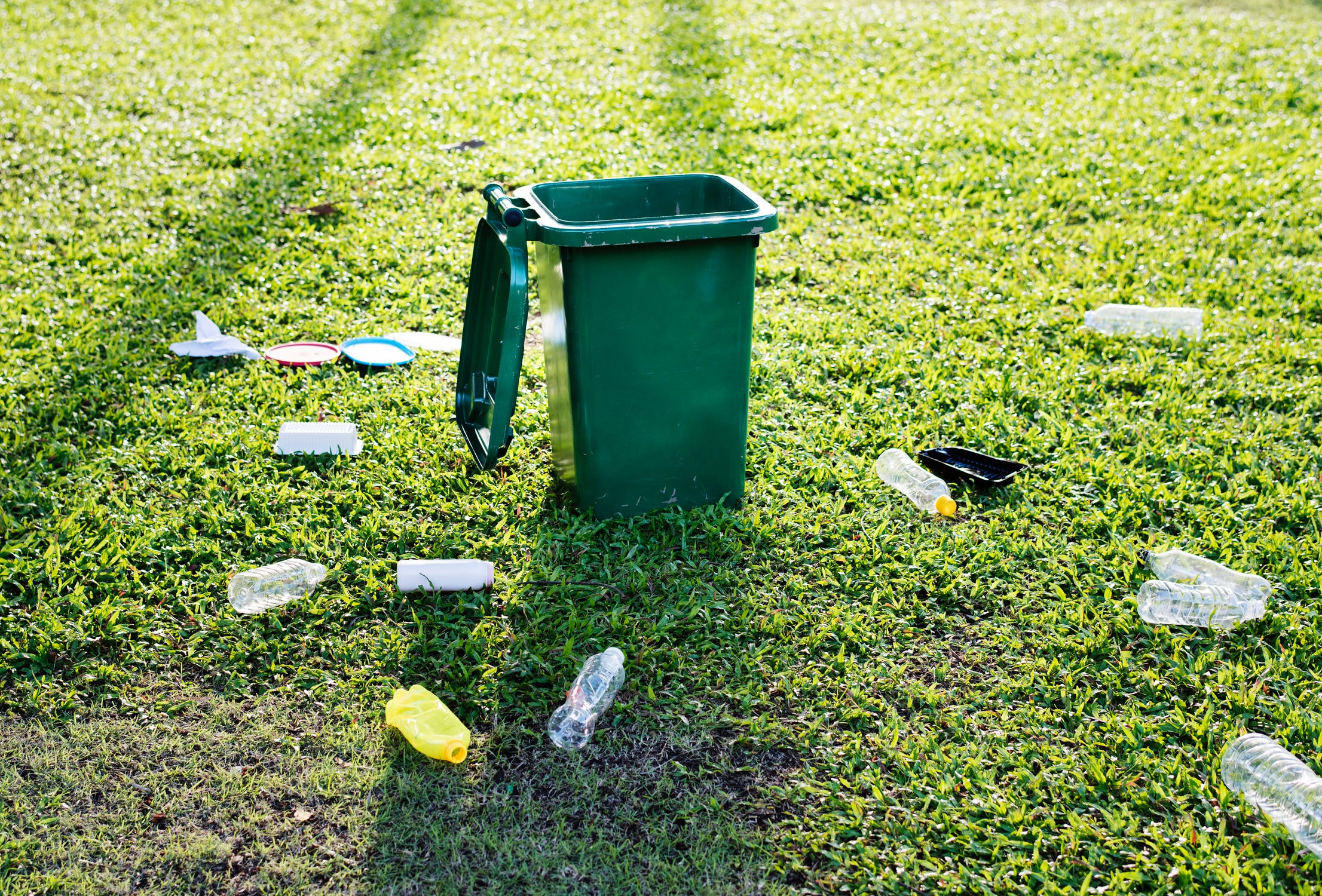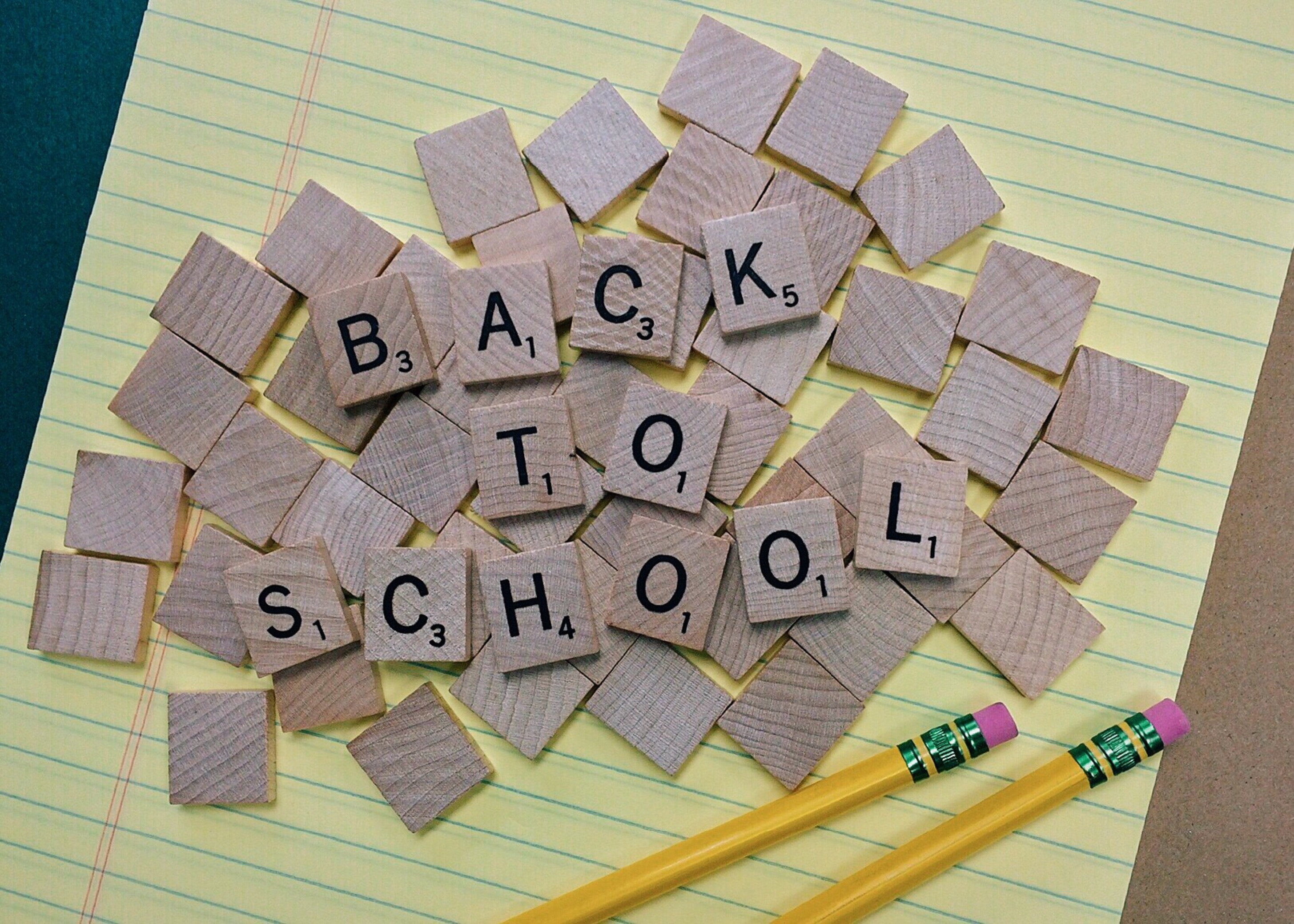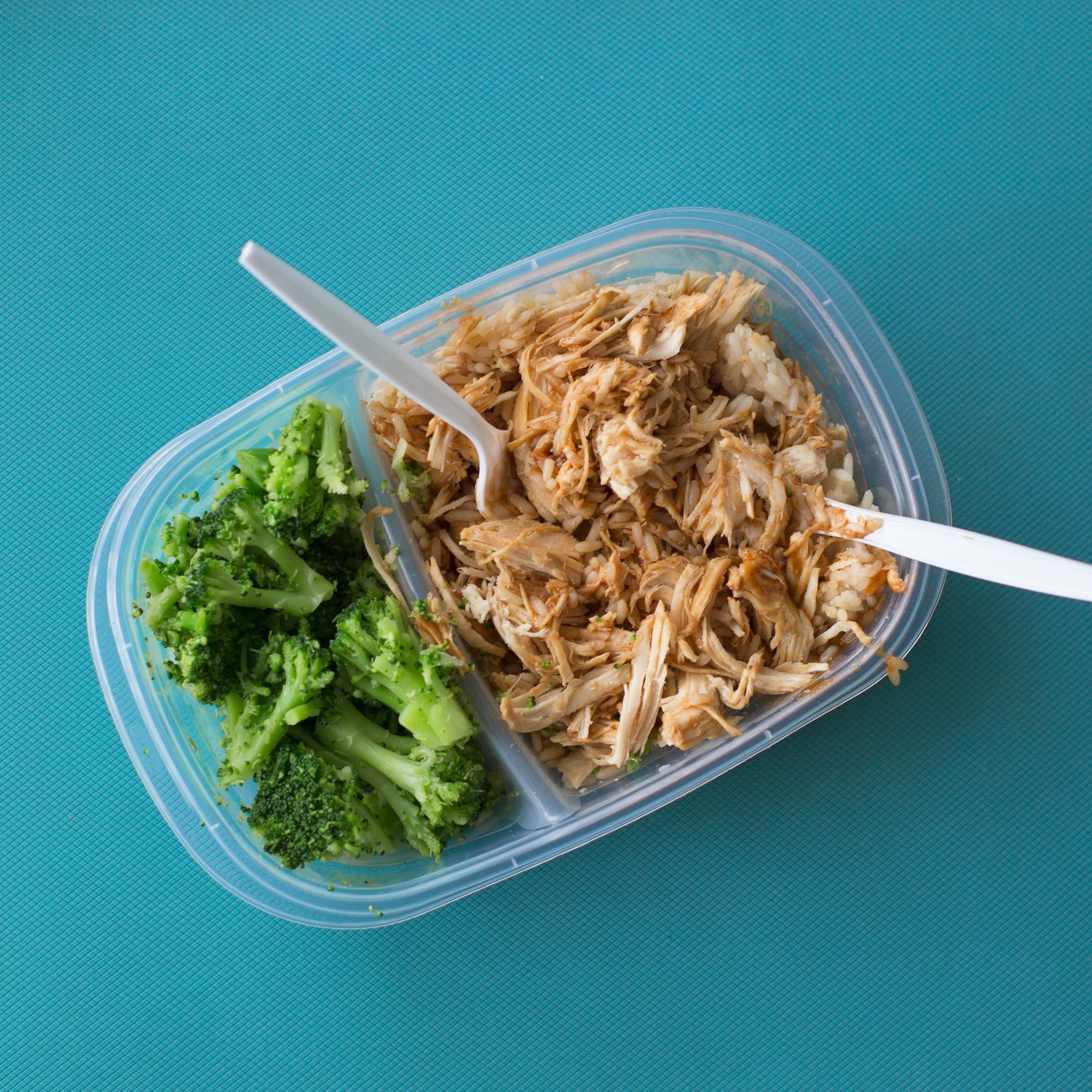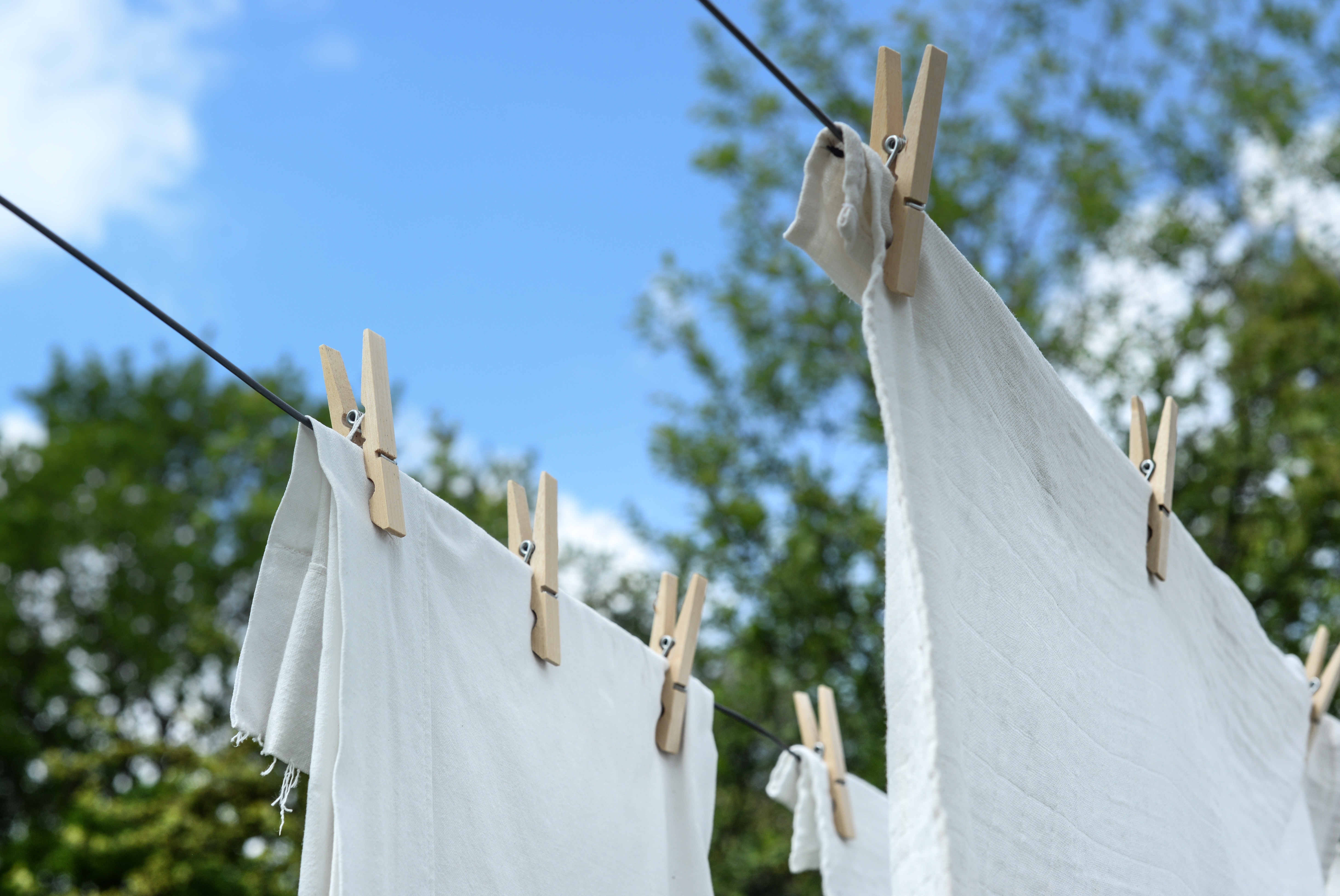St. Louis is home to one of the largest Mardi Gras celebrations outside of New Orleans – and although a lot of fun, it isn’t such a party for the environment. Thousands of revelers will flood the streets of Soulard this weekend with festivities in full swing for the Grand Parade, and while green is one of the three prominent colors associated with Mardi Gras that you’ll see in the crowd, the event can be anything but.
Thankfully, there are a variety of ways to incorporate sustainability into your favorite Mardi Gras celebrations this year, and you might even be surprised at how simple. By adopting just one of many possible eco-friendly actions, you can have a significant impact on improving the region’s air quality and helping people all over St. Louis breathe easier. That’s something everyone can celebrate.
With transportation-related emissions being one of the biggest contributors to air pollution, Metro is making it easy for riders to get to the fun and festivities on Saturday, March 2 without having to get behind the wheel. For just $5, you truly can let the good times roll and avoid the hassles of parking and congestion by riding the special Mardi Gras MetroBus shuttles that operate every 10 minutes from 9 a.m. to 11 p.m. between the Civic Center MetroLink Station (near the Enterprise Center) in downtown St. Louis and the Mardi Gras venue. Doing so will reduce auto emissions to help keep the air quality in healthy ranges!
It wouldn’t be a proper Mardi Gras celebration without beads, but these traditional accessories made up of cheap plastic strings and other toxic materials can end up littering the streets or get thrown into trash cans. If you have a growing collection and don’t plan on saving them to use for next year, consider recycling your beads by dropping them off in a marked five-gallon bucket at one of the following locations: St. Louis Earth Day – Recycling Extravaganza, Soulard Farmers Market, Joanie’s and Joanie’s To Go, Shameless Grounds or Great Grizzly Bear.
Tons of trash in the form of non-biodegradable Styrofoam cups, aluminum cans and glass bottles typically get left behind on parade day also, eventually winding up in landfills. Rather than tossing these items in the trash or on the street, keep an eye out for recycling containers along the parade route to properly dispose of waste and ultimately reduce greenhouse gas emissions.
Do your share for cleaner air by keeping green in your mind and not just your wardrobe this Mardi Gras. To learn more about the link between living greener and our air quality, visit our website tips section at www.cleanair-stlouis.com, like us on Facebook or follow us on Twitter at @gatewaycleanair.
